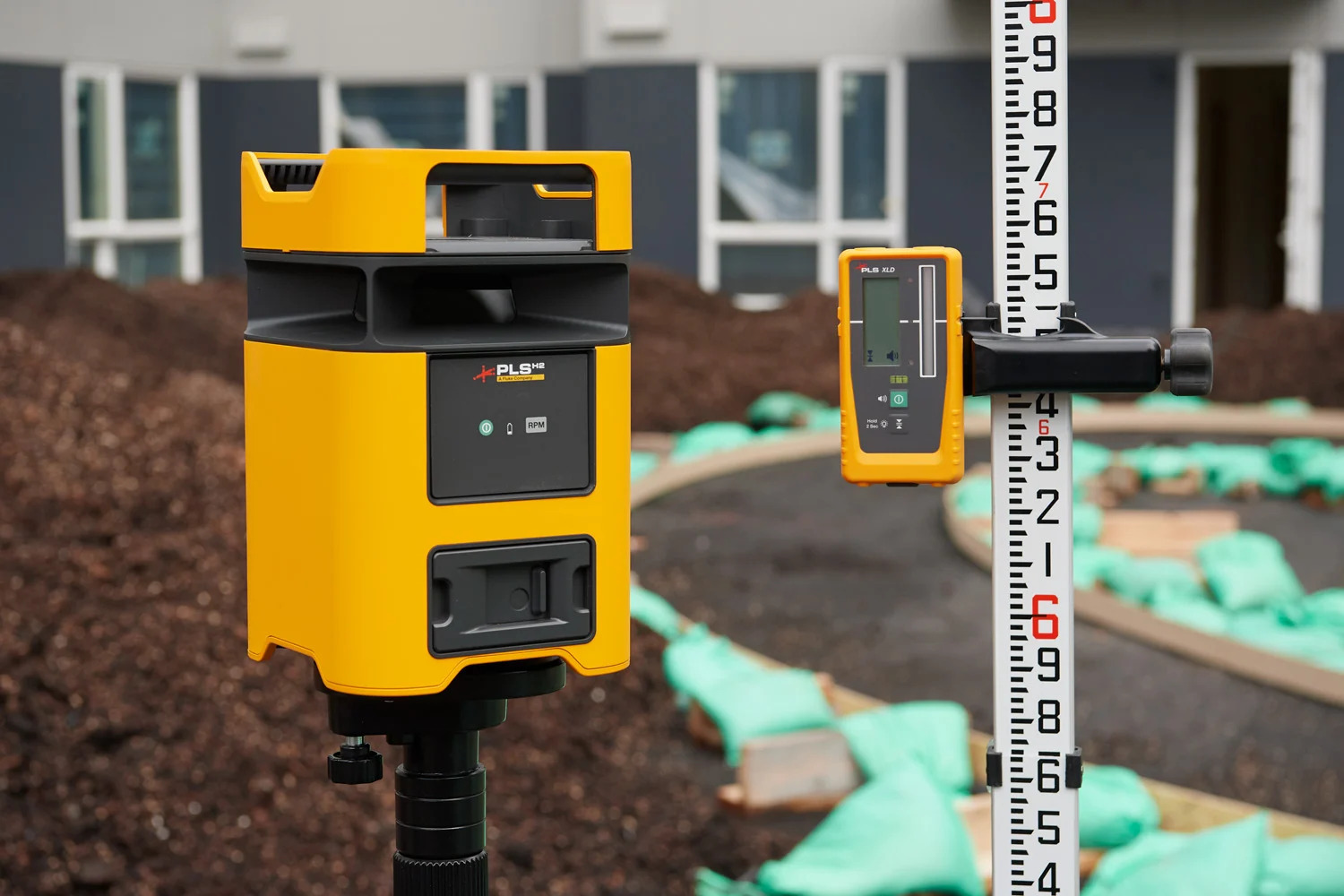

Articles
How Many Ft. Will Rotary Laser Level Go
Modified: March 2, 2024
Discover how many feet a rotary laser level can go with our informative articles. Get expert insights and tips on using rotary laser levels for your projects.
(Many of the links in this article redirect to a specific reviewed product. Your purchase of these products through affiliate links helps to generate commission for Storables.com, at no extra cost. Learn more)
Introduction
Rotary laser levels are essential tools in the construction and surveying industry, providing accurate and efficient leveling and alignment for various projects. These devices emit a highly visible laser beam that rotates 360 degrees, creating a reference plane or a straight line for precise measurements.
In order to effectively utilize a rotary laser level, it’s important to understand its capabilities, including its maximum range. Knowing how far a rotary laser level can reach is crucial in selecting the right tool for your specific needs. In this article, we will explore the factors that affect the range of rotary laser levels and discuss the considerations you should keep in mind when choosing a laser level based on its range.
Whether you’re a professional contractor, a DIY enthusiast, or someone who simply wants to understand the capabilities of rotary laser levels, this article will provide you with valuable insights and help you make informed decisions when it comes to choosing the right tool.
Key Takeaways:
- Understanding the range of rotary laser levels is crucial for selecting the right tool. Factors such as laser power output, beam color, and environmental conditions impact visibility and accuracy, influencing the choice of laser level for specific projects.
- When choosing a rotary laser level based on range, consider project requirements, review manufacturer specifications, and evaluate environmental conditions. Balancing budget constraints with the trade-offs between range and cost ensures accurate and efficient measurements for construction and surveying projects.
Read more: How To Use A Rotary Laser Level
What is a Rotary Laser Level?
A rotary laser level is a sophisticated measuring device that projects a rotating laser beam onto a surface to create a level or straight reference line. This tool is widely used in construction, surveying, and other industries where precise leveling, alignment, and layout are crucial.
A typical rotary laser level consists of a laser emitter mounted on a rotating head, which allows the laser beam to sweep a complete 360-degree horizontal plane. The laser beam can be set to rotate at various speeds, depending on the specific requirements of the project.
Rotary laser levels offer several advantages over traditional bubble levels or optical levels. Firstly, they provide a much longer range of operation, allowing for accurate measurements even in large construction sites or outdoor settings. Additionally, rotary laser levels are highly precise, providing accuracy within a few millimeters over long distances.
These devices are also equipped with various features that enhance usability and versatility. Many rotary laser levels have a self-leveling mechanism that automatically aligns the laser beam to the horizontal plane, ensuring accuracy even on uneven surfaces. They may also have a remote control or digital interface for easy operation and adjustment.
Rotary laser levels are used for a wide range of applications, including site grading, foundation and formwork leveling, installation of drop ceilings, alignment of walls and partitions, and setting up plumbing and electrical systems. They are often used in conjunction with different accessories such as receivers, tripods, and laser detectors to maximize their functionality.
Overall, rotary laser levels are invaluable tools that offer efficiency, precision, and reliability in a variety of construction and surveying projects. Understanding their capabilities, including their range, is essential in selecting the right tool for the job.
Understanding the Range of Laser Levels
The range of a laser level refers to the maximum distance at which the laser beam emitted by the device remains visible and accurate. It is an important factor to consider when choosing a laser level for a particular project.
While the range of laser levels can vary depending on the specific model and brand, most rotary laser levels have a range that typically extends from a few feet to several hundred feet. It’s important to note that the range of a laser level is influenced by several factors.
One key factor affecting the range is the power output of the laser itself. Generally, laser levels with higher power output have a longer range. Higher-powered lasers are capable of emitting a brighter and more visible beam, allowing for effective use over greater distances.
The beam color is another factor that can affect the range of a laser level. Green beams are generally more visible to the human eye compared to red beams, allowing for a longer visible range. However, green laser levels tend to be more expensive than their red counterparts.
The beam divergence is also important in determining the range of a laser level. Beam divergence refers to the spread of the laser beam as it travels away from the level. Laser levels with low beam divergence maintain a narrower, more focused beam, allowing for a longer visible range. Higher beam divergence can result in a wider spread of the beam, reducing its visibility over long distances.
Furthermore, the visibility of the laser beam can be influenced by ambient light conditions. Bright sunlight or other sources of intense light can diminish the visibility of the beam, reducing the effective range of the laser level. In such cases, using a laser detector or receiver can help enhance the visibility of the beam and extend the range.
It’s essential to consider the specific requirements of your project when evaluating the range of a laser level. Determine the maximum distance you need the laser beam to reach and choose a laser level with a range that exceeds that distance to ensure accuracy and visibility.
Additionally, it’s worth noting that the range specified by manufacturers is typically based on ideal conditions, such as clear weather and minimal interference. In real-world settings, factors such as dust, haze, or obstacles can affect the visible range of the laser beam. Therefore, it’s prudent to consider these factors and have realistic expectations regarding the actual range of the laser level in practical applications.
By understanding the factors that affect the range of laser levels, you can make informed decisions and select the most suitable tool for your specific needs. Choosing the right laser level with an appropriate range will ensure accurate and efficient measurements, saving you time and effort in your projects.
Factors Affecting the Range of Rotary Laser Levels
Several factors influence the range of rotary laser levels and affect their performance in different environments. Understanding these factors will help you choose the right laser level for your specific needs. Let’s explore the key factors that can impact the range of rotary laser levels.
- Laser Power Output: The power output of the laser emitter directly affects the visibility and range of the laser beam. Higher-powered lasers emit brighter beams that can be seen over longer distances. Laser levels with higher power output typically have a longer range compared to those with lower power output.
- Beam Color: The color of the laser beam can also impact visibility and range. Green laser beams are generally more visible to the human eye than red laser beams. This means that green laser levels can have a longer visible range compared to red laser levels.
- Beam Divergence: Beam divergence refers to the spread of the laser beam as it travels away from the laser level. Laser levels with low beam divergence maintain a narrow and focused beam, allowing for a longer visible range. Models with higher beam divergence will have a wider spread of the beam, which can reduce visibility over long distances.
- Environmental Conditions: The visibility and range of a laser beam can be affected by various environmental factors. Bright sunlight, fog, dust, or other sources of interference can diminish the visibility of the laser beam and reduce its range. Such conditions may require the use of a laser detector or receiver to enhance the visibility of the beam and extend the range.
- Battery Life: The battery life of a laser level can indirectly impact its range. Laser levels with longer-lasting batteries can be used continuously for extended periods, allowing for greater distances to be covered. It’s important to consider the battery capacity and runtime of the laser level to ensure it meets the demands of your project.
- Quality of Optics: The quality of the optics, including the lenses and mirrors, can affect the range of the laser beam. Higher-quality optics can help maintain the integrity and visibility of the beam over longer distances, resulting in a longer overall range.
It’s important to note that these factors are interconnected, and their influence on the range of a rotary laser level can vary depending on the specific model and brand. Manufacturers typically provide specifications regarding the range of their laser levels under ideal conditions, so it’s important to consider real-world factors when determining the effective range of a laser level for your project.
By understanding these factors, you can make an informed decision when selecting a rotary laser level that offers the desired range and performance for your specific application. Evaluating these factors alongside your project requirements will ensure accurate and efficient measurements, ultimately contributing to the success of your construction or surveying project.
When choosing a rotary laser level, consider the working range, which is the maximum distance the laser can be detected. This will determine the coverage area and the suitability for your specific project.
Maximum Distance of a Typical Rotary Laser Level
The maximum distance that a typical rotary laser level can reach depends on various factors such as the power output of the laser, beam color, beam divergence, and environmental conditions. While the range can vary between different models and brands, it’s important to have a general idea of the maximum distance you can expect from a typical rotary laser level.
In most cases, a typical rotary laser level can have a range of around 200 to 500 feet (60 to 150 meters). This range is based on optimal conditions, including clear weather, minimal interference, and unobstructed line of sight between the laser level and the target surface.
When selecting a rotary laser level, it’s important to keep in mind that the maximum distance specified by manufacturers is often based on the use of a laser detector or receiver. These devices can enhance the visibility of the laser beam and extend the effective range beyond what is visible to the naked eye.
The maximum distance that a rotary laser level can reach without the use of a receiver may vary depending on the power output and beam color. For example, a higher-powered laser level may have a visible range of up to 200 feet (60 meters) without a receiver, while lower-powered models may have a visible range of around 100 feet (30 meters).
Additionally, the visibility of the laser beam can be affected by environmental conditions such as bright sunlight, dust, or fog. In such cases, using a laser detector or receiver becomes essential to extend the visible range of the laser level.
It’s worth noting that there are advanced rotary laser levels available on the market with extended ranges. These models may have a maximum range of up to 1,000 feet (300 meters) or more, making them suitable for larger construction sites or outdoor projects that require long-distance measurements.
When considering the maximum distance of a rotary laser level, it’s important to evaluate your specific project requirements. Determine the distances you need to cover and ensure that the selected laser level’s range exceeds those distances, taking into account the potential influence of environmental conditions.
Keep in mind that while some laser levels may have a longer visible range, the accuracy of the laser beam may decrease as the distance increases. It’s essential to consider the required level of precision for your project and choose a laser level that can provide the desired accuracy at the required distance.
By understanding the maximum distance of a typical rotary laser level and considering these factors, you can make an informed decision when selecting a laser level that meets the specific range requirements of your construction or surveying project.
Read more: Who Uses Rotary Laser Level
Factors to Consider When Choosing a Rotary Laser Level Based on Range
Choosing the right rotary laser level based on its range is essential to ensure accurate and efficient measurements for your construction or surveying project. Here are some key factors to consider when selecting a laser level based on its range:
- Project Requirements: Assess the specific requirements of your project, including the distances you need to cover. Take into account both the maximum and minimum distances required for accurate measurements. Consider factors such as the size of the workspace, the type of surfaces you will be working on, and the desired level of precision.
- Range Specifications: Review the range specifications provided by manufacturers. Look for the maximum visible range without the use of a laser detector or receiver, as well as the range with a detector/receiver. Ensure that the specified range meets or exceeds your project’s requirements.
- Laser Power Output: The power output of the laser emitter is a crucial factor in determining the range of a rotary laser level. Higher-powered lasers tend to have a longer range. Consider the power output of the laser and whether it aligns with your project’s needs. Remember that higher power may result in a more visible beam over longer distances.
- Beam Color: The color of the laser beam can affect its visibility and range. Green beams are generally more visible to the human eye compared to red beams. If visibility is a concern, especially in bright conditions or outdoors, you may opt for a laser level with a green beam, which typically offers a longer visible range.
- Beam Divergence: Beam divergence refers to the spread of the laser beam as it travels away from the laser level. Laser levels with low beam divergence maintain a narrower, more focused beam, resulting in a longer visible range. Consider the beam divergence specification of the laser level and its impact on the range and visibility of the beam.
- Environmental Conditions: Evaluate the potential environmental conditions in which you will be using the laser level. Consider factors such as bright sunlight, dust, fog, or other sources of interference. If your project involves working in challenging environments, ensure that the laser level is equipped with features or accessories, such as a laser detector or receiver, that can enhance the visibility and extend the range in adverse conditions.
- Budget: Determine your budget for a laser level and consider the trade-off between range and cost. Higher-capacity laser levels with longer ranges tend to be more expensive. Evaluate the value and impact the extended range will have on the success of your project, and determine the appropriate investment based on your needs and budget.
- Additional Features: Consider any additional features or functionalities that may enhance the usability and versatility of the laser level. These can include self-leveling mechanisms, remote control operation, digital interfaces, or compatibility with accessories such as tripods and laser receivers. While these features may not directly impact the range, they can contribute to the overall efficiency and convenience of the tool’s usage.
By considering these factors, you can make an informed decision when selecting a rotary laser level based on its range. Remember to evaluate your project requirements, review the specifications provided by manufacturers, and consider the environmental conditions in which the laser level will be used. By choosing the right laser level, you can ensure accurate and efficient measurements, ultimately contributing to the success of your project.
Conclusion
Selecting the right rotary laser level based on its range is crucial for accurate and efficient measurements in construction and surveying projects. By understanding the factors that affect the range and considering various considerations, you can make an informed decision when choosing a laser level that meets your specific requirements.
Rotary laser levels offer a range of capabilities, allowing for precise leveling, alignment, and layout over large distances. Factors such as laser power output, beam color, beam divergence, and environmental conditions can influence the range of a laser level. Understanding these factors helps you assess the maximum distance a laser level can reach and determine its suitability for your project.
When choosing a rotary laser level based on range, consider your project requirements, including the distances you need to cover and the desired level of precision. Review the range specifications provided by manufacturers, taking into account both the visible range without a detector/receiver and the range with a detector/receiver. Evaluate the power output of the laser, beam color, and divergence to ensure visibility and accuracy over the required distances.
Additionally, consider the potential environmental conditions in which the laser level will be used. Bright sunlight, dust, or fog can impact visibility and range. If necessary, choose a laser level with features or accessories such as a laser receiver that enhance visibility and extend the range in adverse conditions.
Be mindful of budget constraints and weigh the trade-offs between range and cost. Higher-capacity laser levels with longer ranges tend to be more expensive. Determine the value of an extended range for your project and select a laser level that fits your needs and budget accordingly.
Ultimately, choosing the right rotary laser level based on its range ensures accurate and efficient measurements, saving you time and effort in your construction or surveying projects. By considering the factors discussed in this article, you can make a well-informed decision and select a laser level that aligns with your specific requirements, contributing to the success and quality of your work.
Frequently Asked Questions about How Many Ft. Will Rotary Laser Level Go
Was this page helpful?
At Storables.com, we guarantee accurate and reliable information. Our content, validated by Expert Board Contributors, is crafted following stringent Editorial Policies. We're committed to providing you with well-researched, expert-backed insights for all your informational needs.
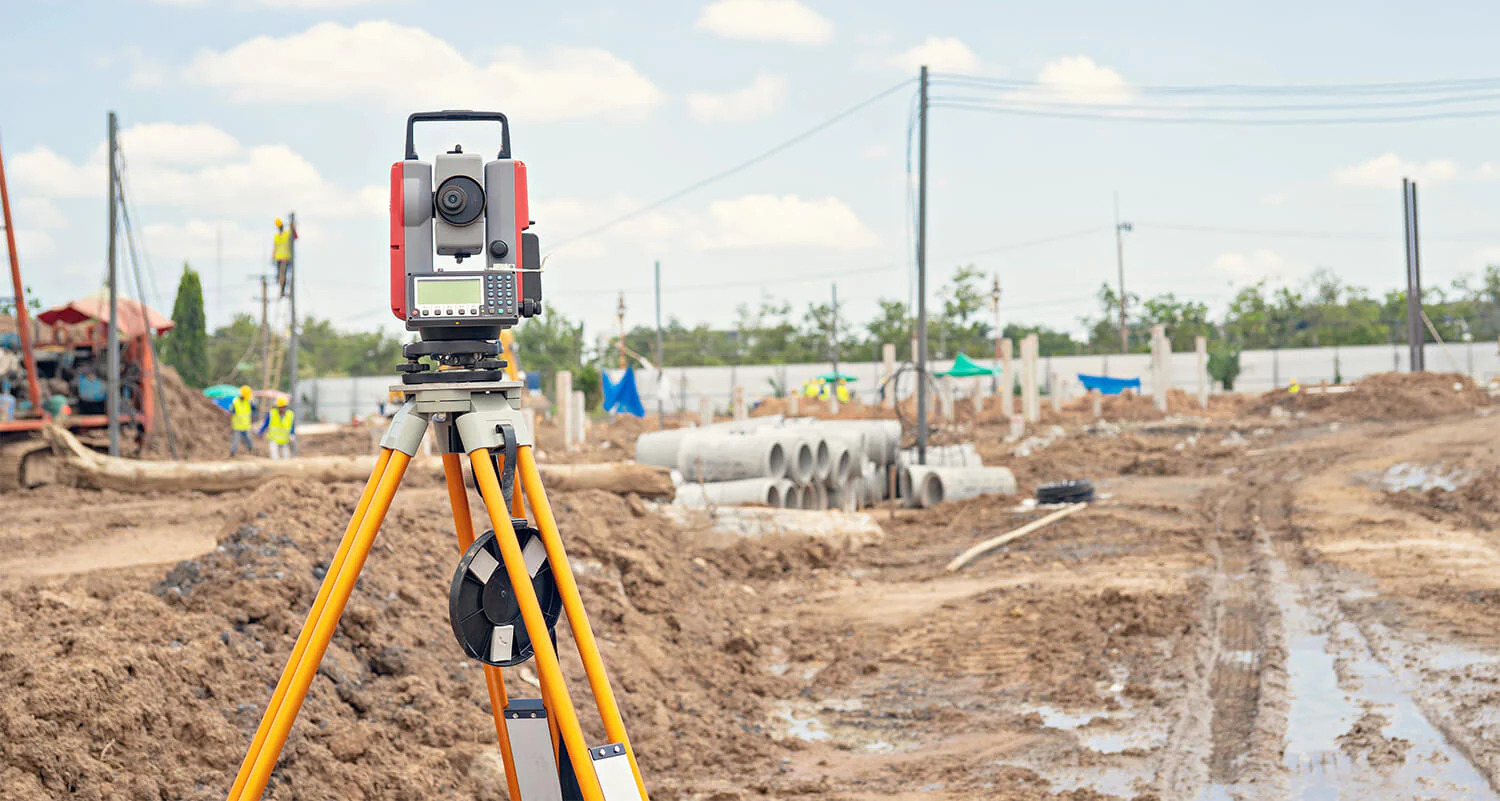
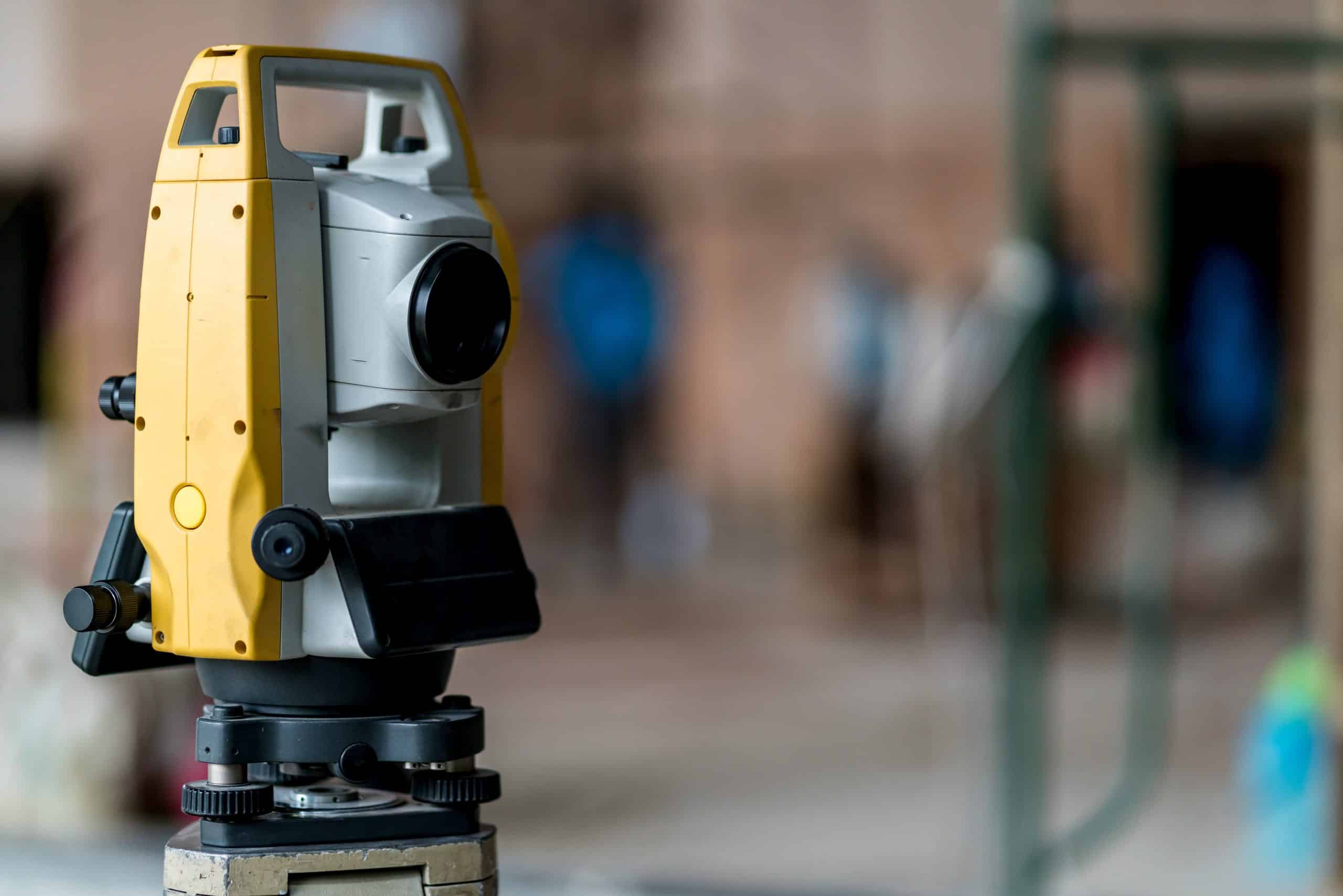
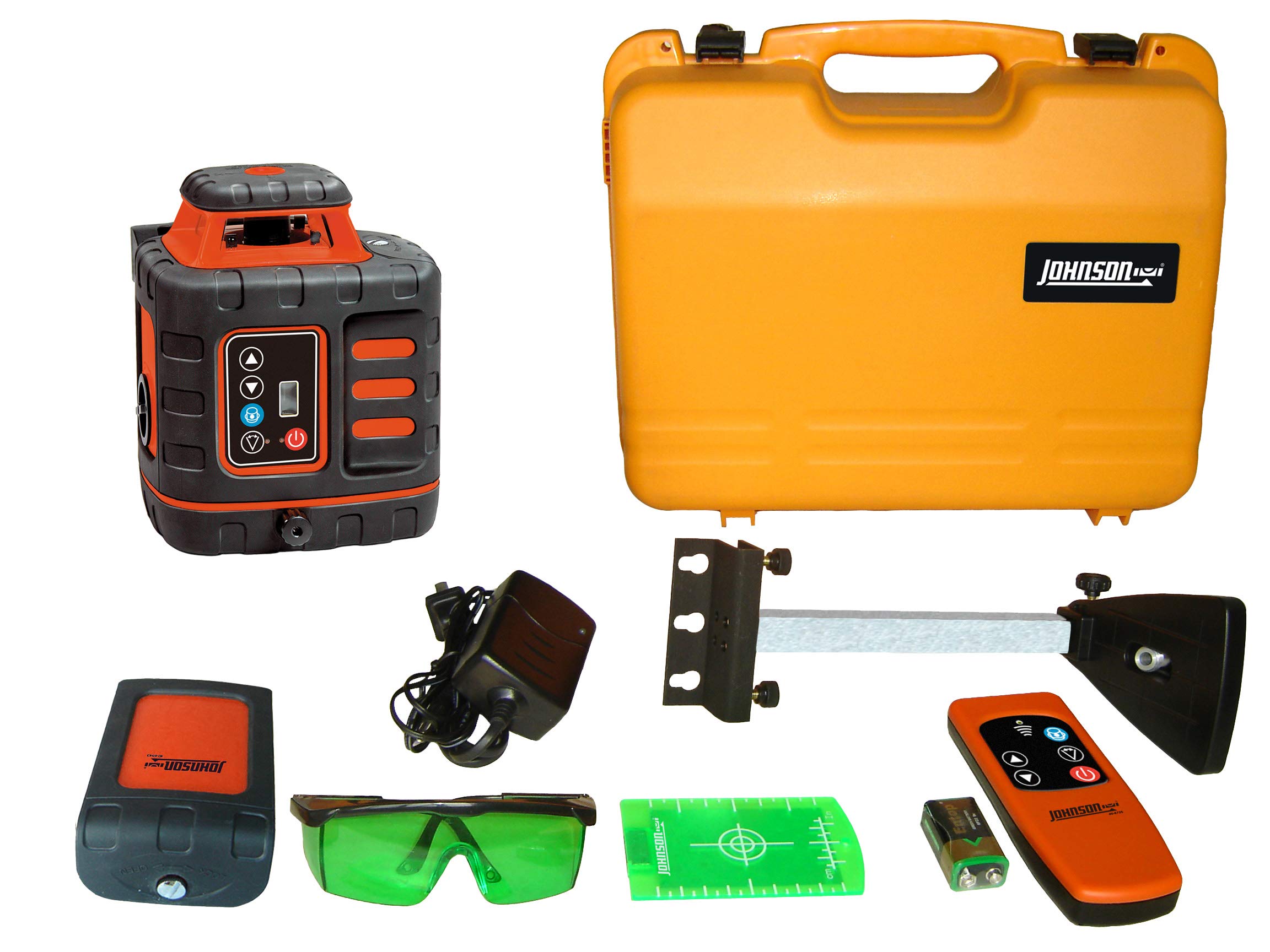
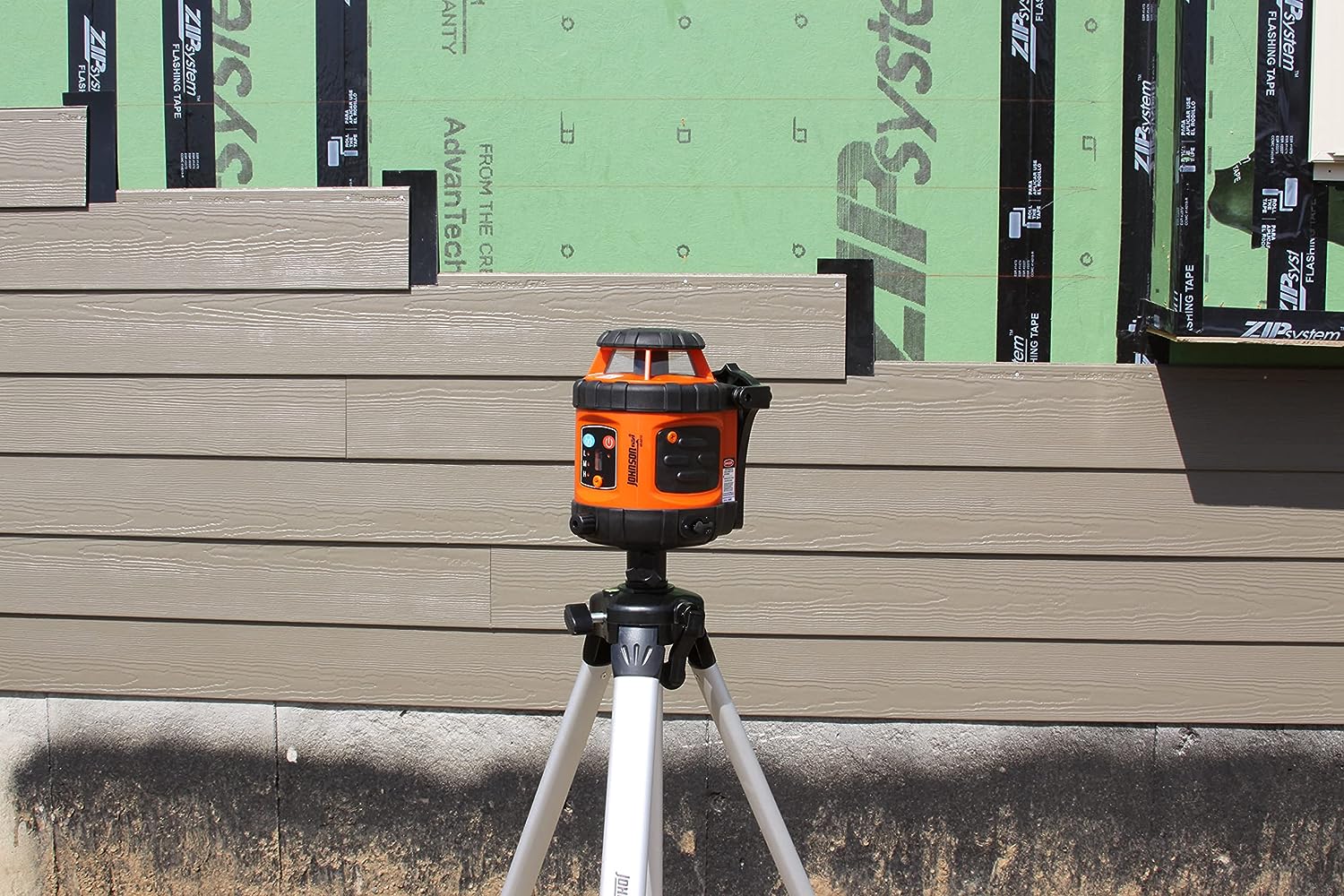
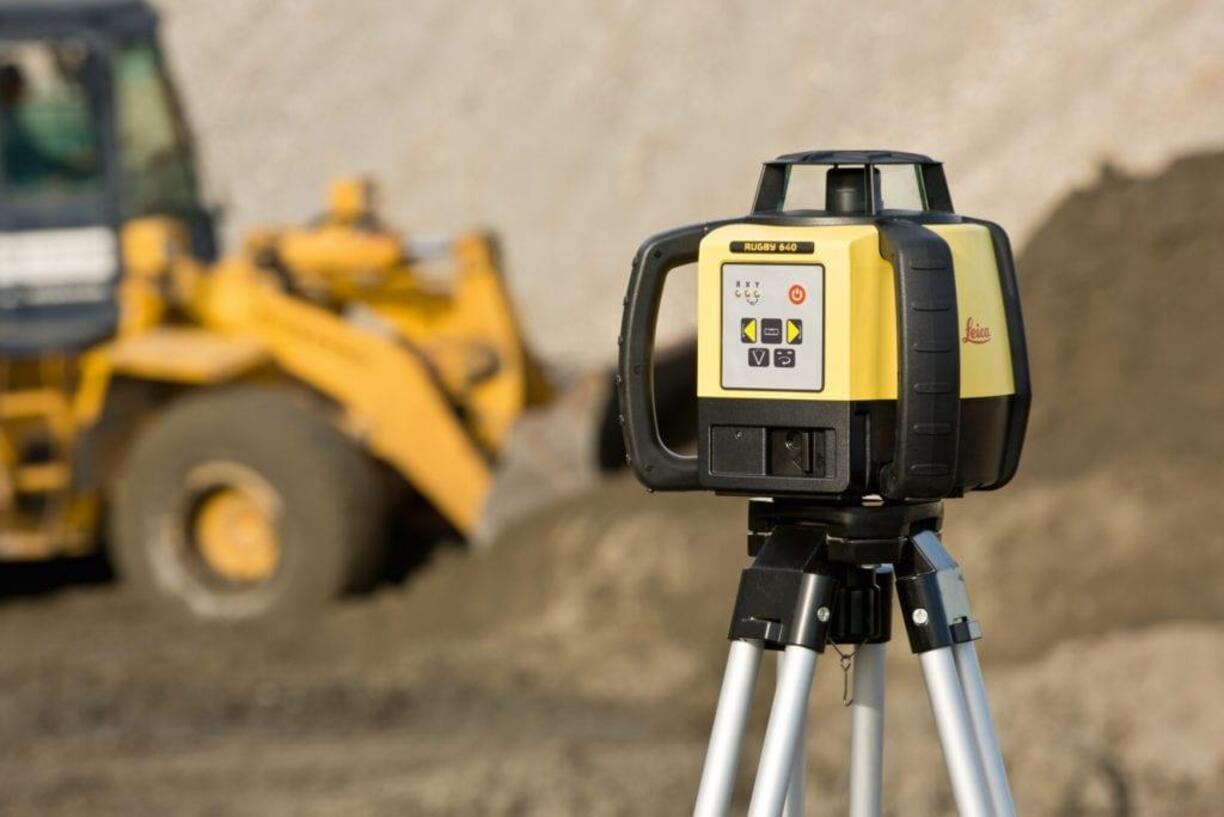
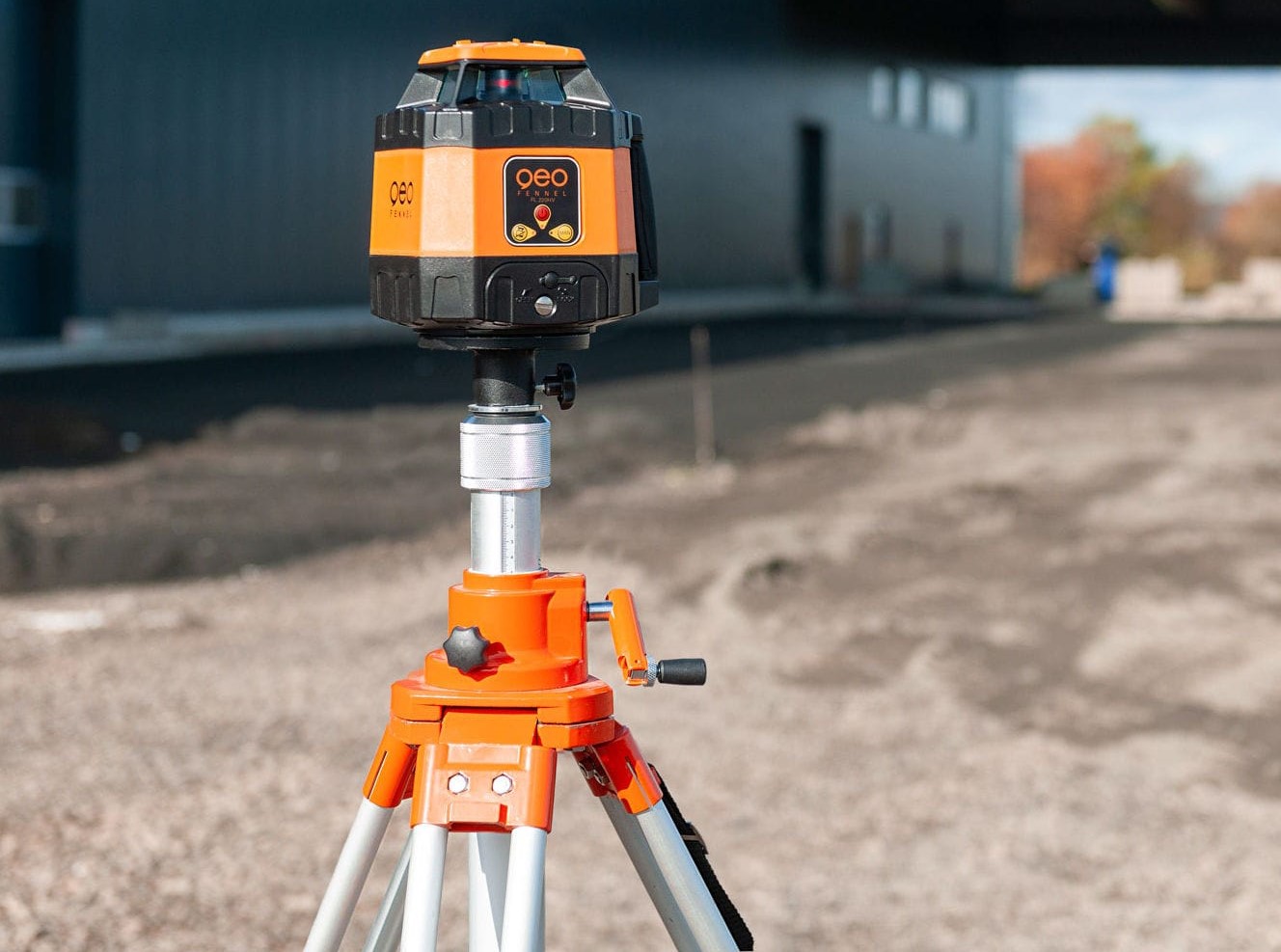
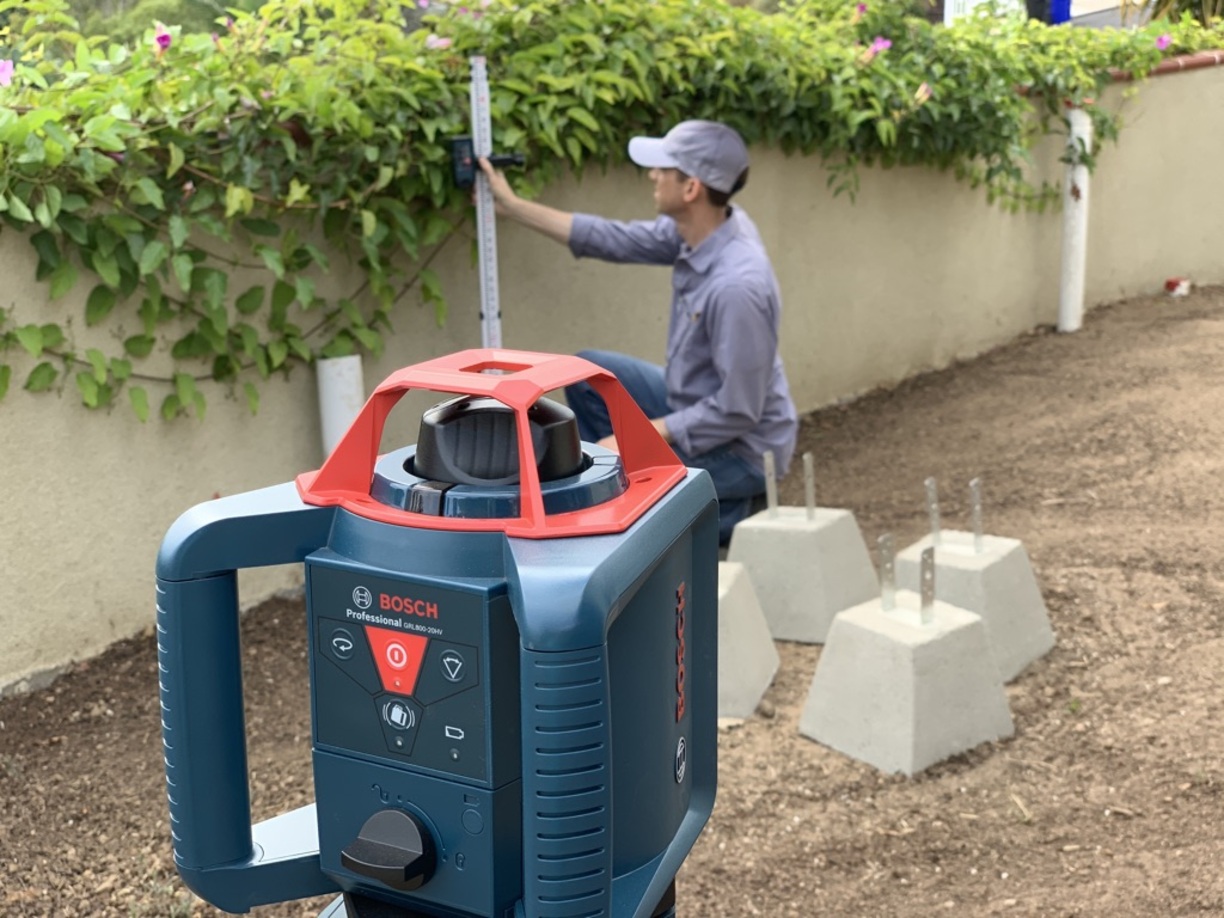
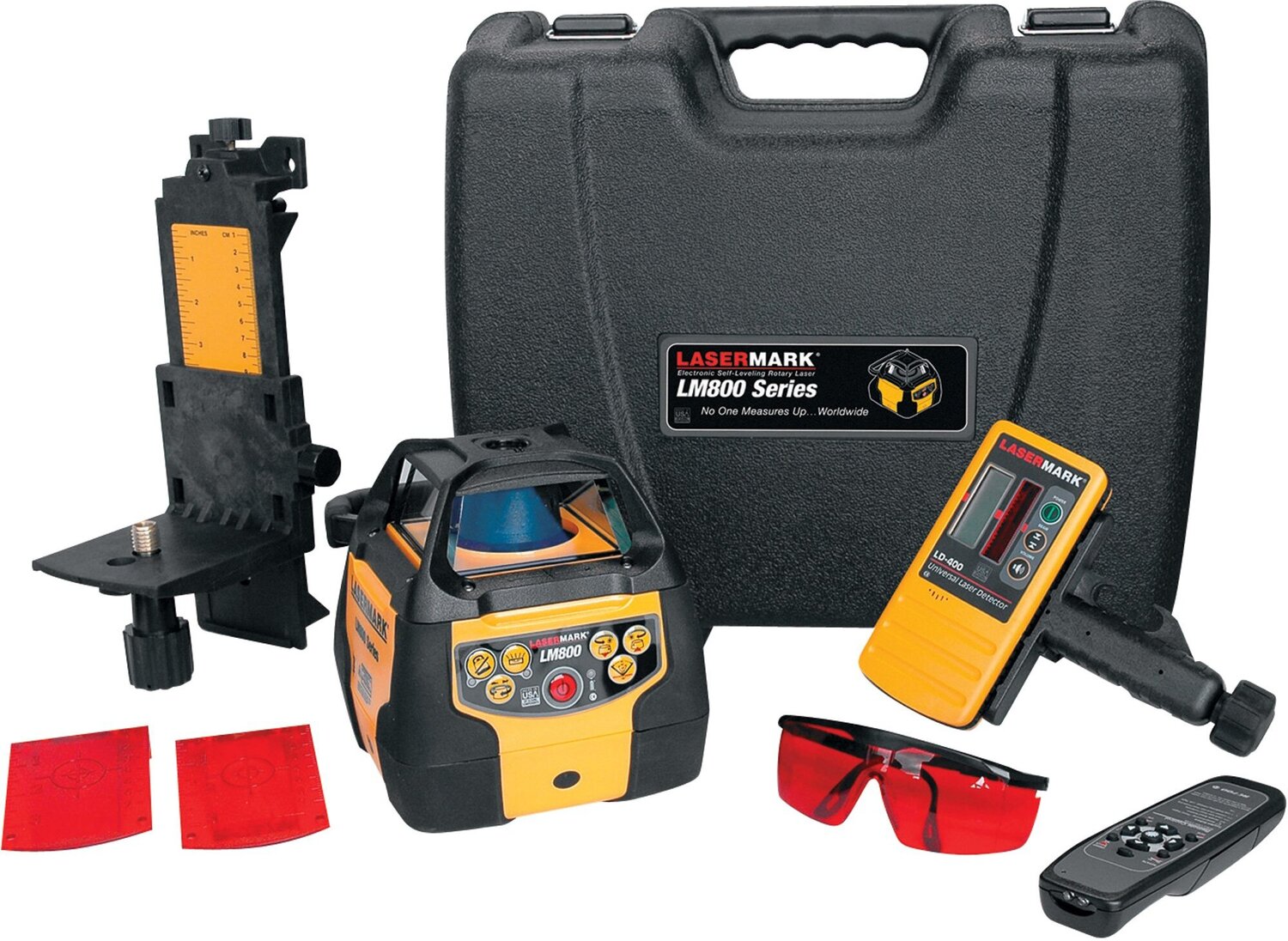
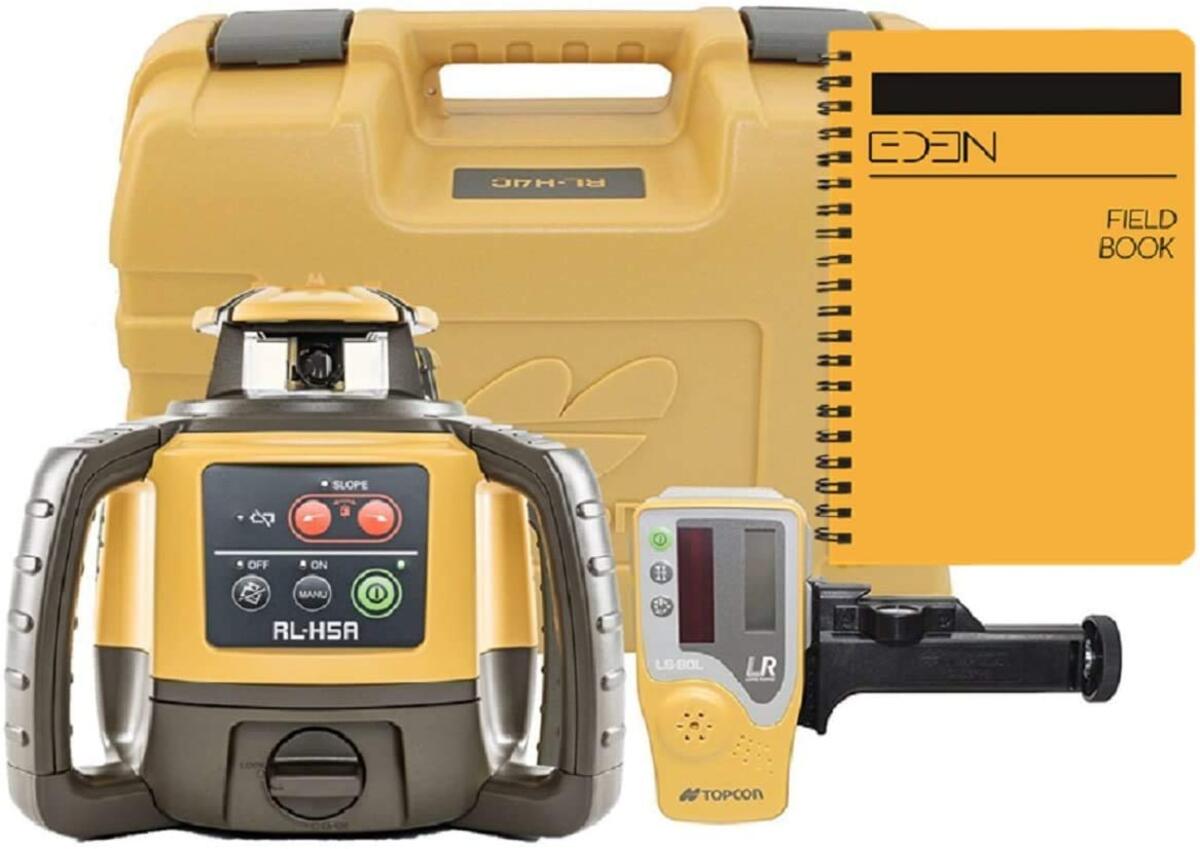
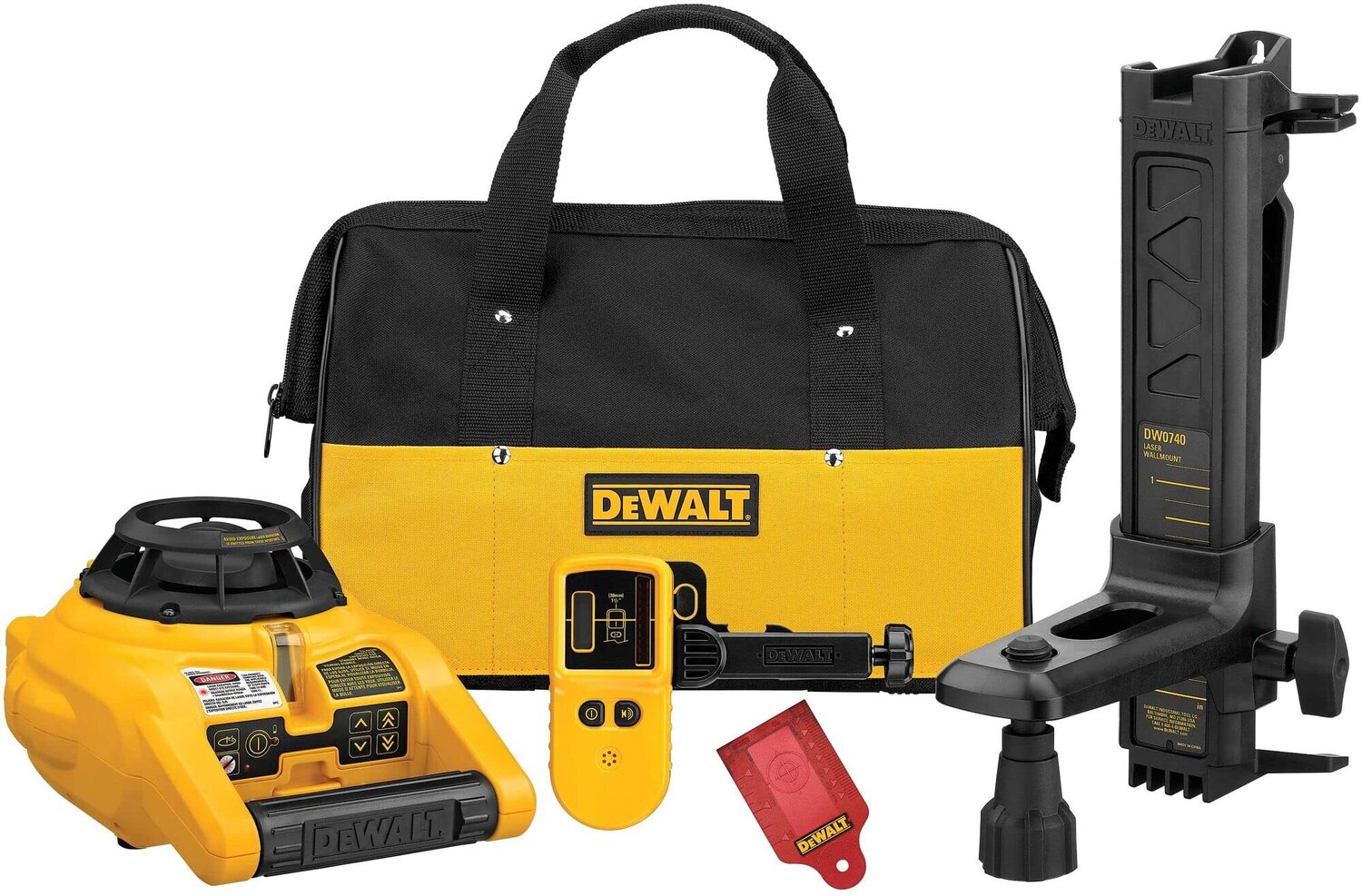
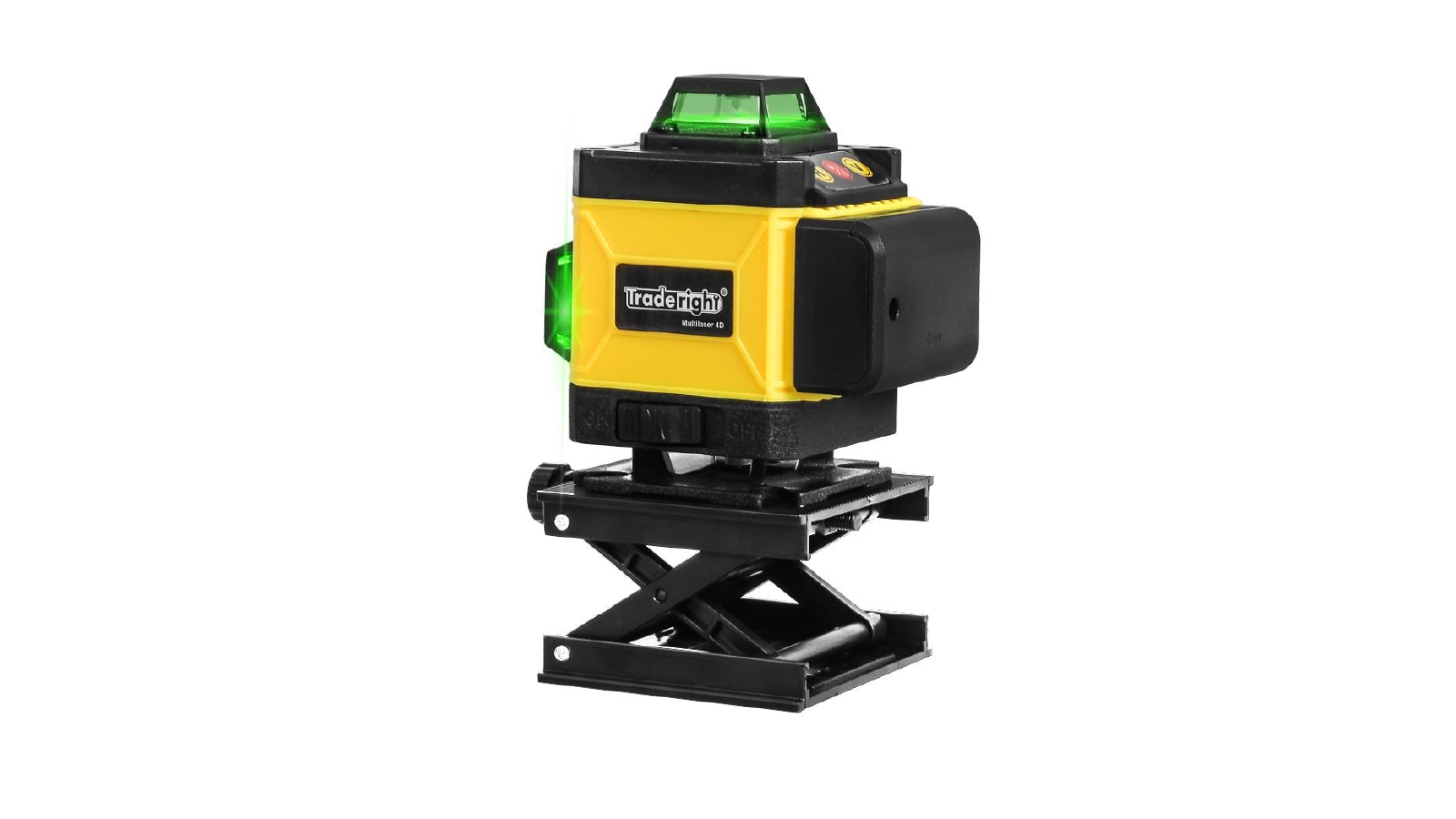
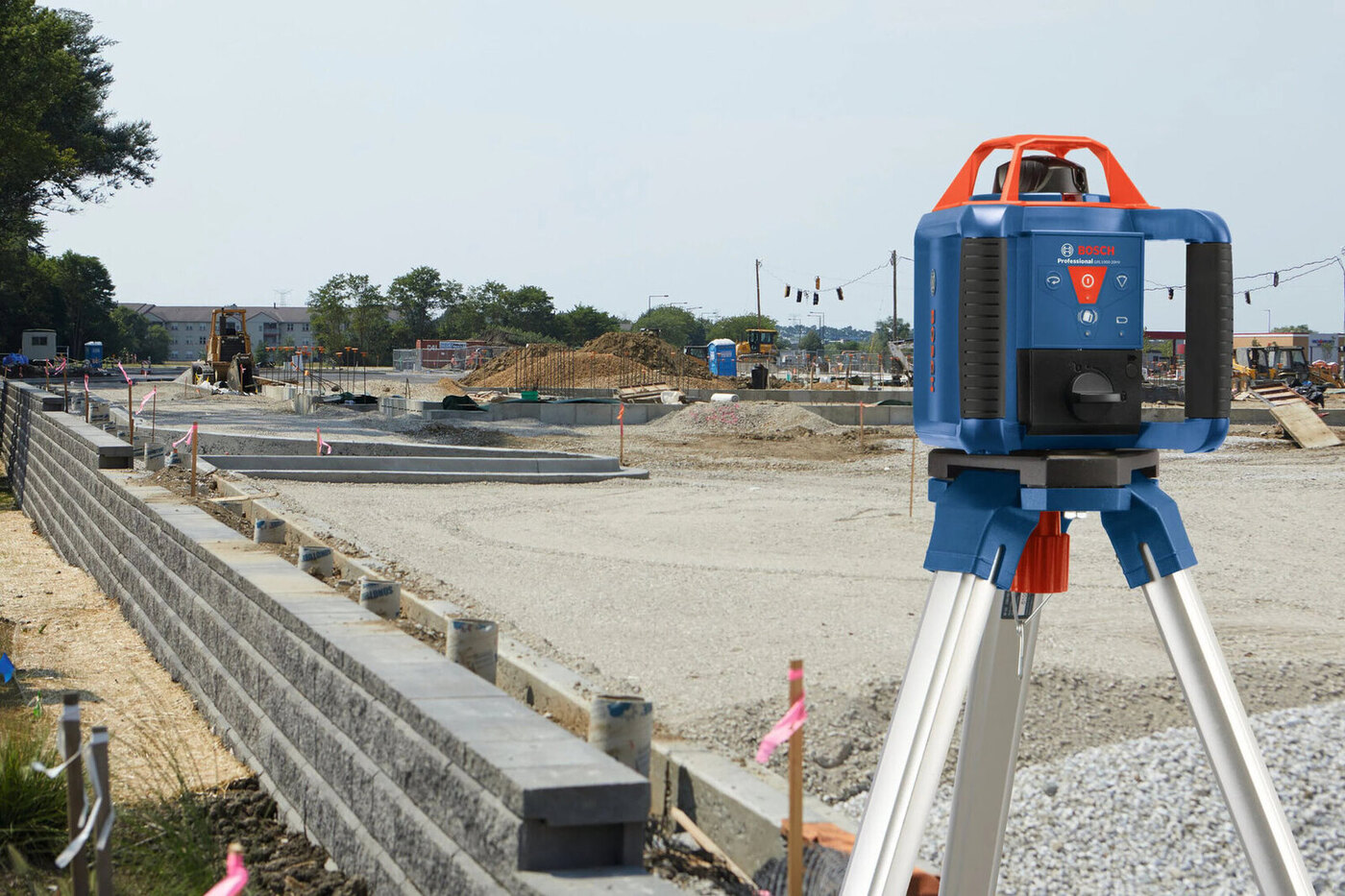
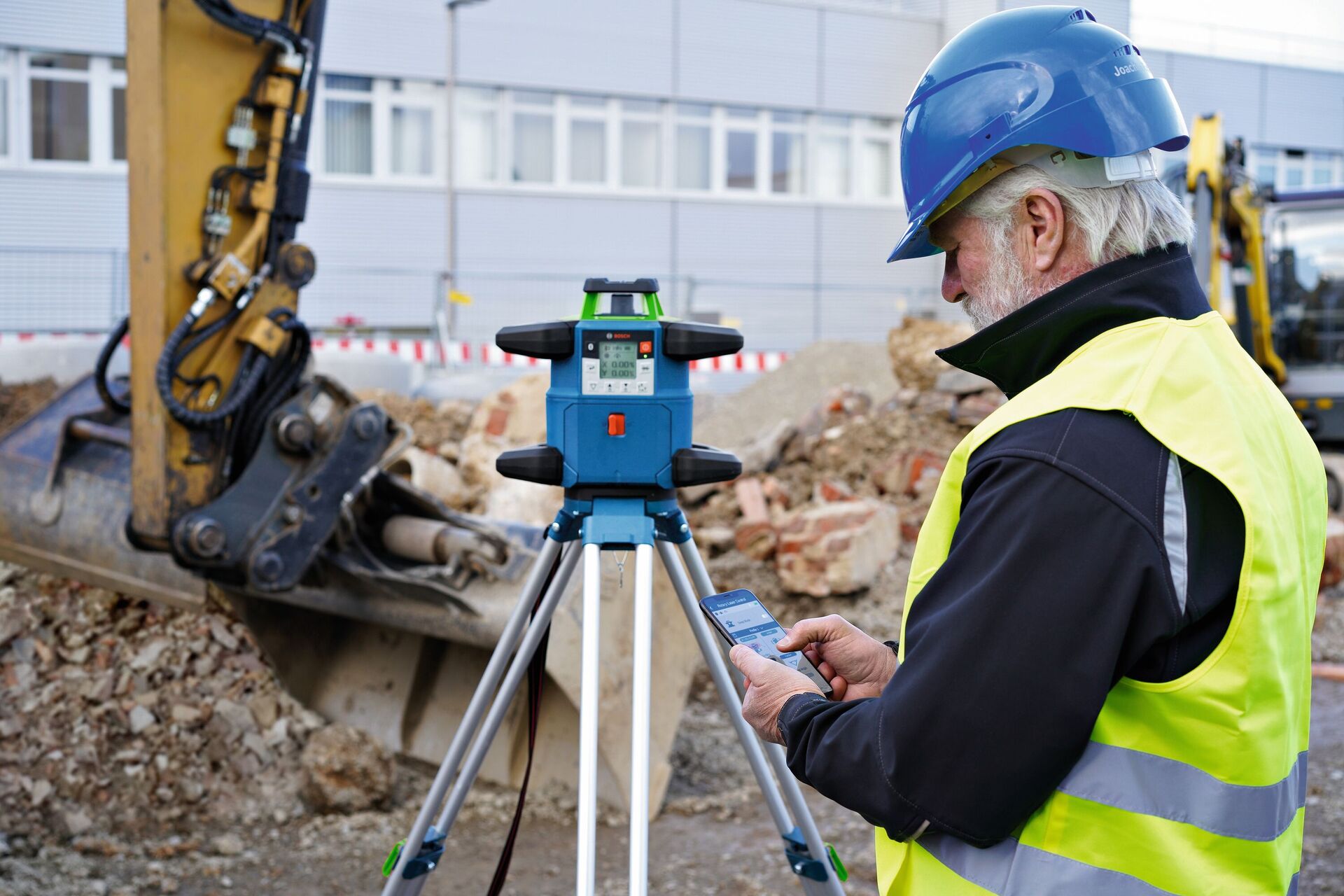
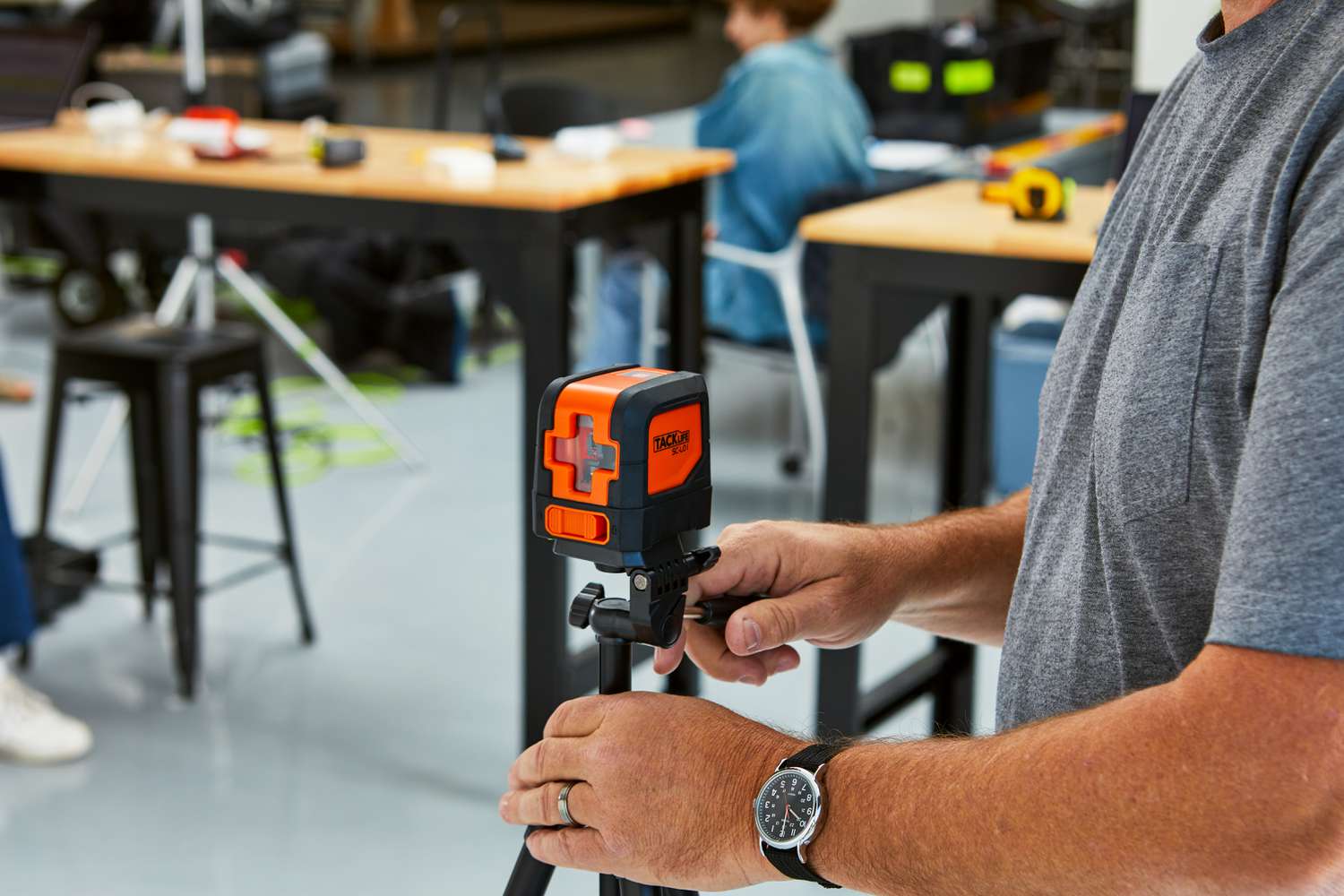

0 thoughts on “How Many Ft. Will Rotary Laser Level Go”